Live Performance
Live Performance: Key elements for a successful first show
Intro: Performing music live can be a challenging task. Stage fright, performance errors, and
technological failures are common problems for all musicians. While extremely challenging,
playing live music can have some huge benefits, like the opportunity to share your music with
other people and receive feedback. Playing live is an integral part of being an artist, just as
practicing at home. Each genre and style are different but there are a few key elements that are
important to consider when planning a live performance.
Preparation: Most people think that musicians have the magical ability to create musical ideas
without any prior study or practice. On the contrary, a good performance has been well rehearsed
and planned. A (set-list) or list of songs should be used to organize the flow of the concert, it is
important to consider how many songs should be played depending on the time length of the
concert. Once the set-list has been decided the performer should practice the chosen songs, this is
the time to work out any mistakes or uneasy moments. Another thing to consider before playing
a show is the venue set-up. It is important to check out the venue before playing and arrive early
to test out the equipment and sound.
Appeal to the crowd: Who are you playing for? What kind of music do they like? How many
people are in attendance? These are all important questions when creating a set-list. The
performer should play songs that appeal to the crowd they are playing for. People enjoy hearing
familiar music, songs they know and can sing along too. People, depending on the venue,
might like hearing some original music created by the performer. In essence the performer
should match their performance with the interests of the crowd, play music they think the crowd
will enjoy. After all, part of being a performer is being a people pleaser, an entertainer.
Stage Presence: Finally, the last and possibly most fun part of live performance, stage presence.
This is the opportunity to try out those crazy dance moves, dramatic head twists, and intense
facial expressions. It is important to remain calm when performing and focus on the music.
Performing is about having fun and sharing music with others. Every musician has their own
unique stage presence, and it can take some time to feel comfortable in front others. Preparation
is the hard part; good stage presence should come naturally for most people.
Conclusion: Live music is a useful way to communicate with others. The most important part of
live performance is having fun. Mistakes will happen, things will go wrong, but they do not have
to ruin the entire show. The main goal of live performance is to communicate musical ideas with
others and have fun while doing it. Most non-musicians hardly notice mistakes during live
performances anyway. These three tips are important elements to consider when creating a
successful live performance.
Written by Sam Price

